On the 23rd of February 2024, last Friday there was a function in the National Museums of Kenya – Mnarani Ruins dedicated to the research and memory of the slave trade on the East African Coast on the Indian Ocean.
The function presented the results of the scientific and artistic research into these difficult moments of history constituting part of tangible and intangible cultural heritage.
The artistic result of the research conducted within TPAAE and CAPHE EU-funded research project is the short documentary “Enmeshed with a Sand. History of the Slave Trade in Eastern Africa on the Indian Ocean”, directed by Aleksandra Lukaszewicz, with interviews recorded by Grzegorz Skorny.
The function gathered various communities and academic and governmental representatives from:
- various communities from the region with elders and with the main character of the documentary Mr. Kaviha Charro Chengo with his wife and Simba Wanga traditional dancers from the Kilifi Creek – Fumbini Village;
- Pwani University: Deputy Vice-Chancellor of Research and Extension Prof. Paul Guyo, Dean of the School of Humanities and Social Sciences Prof. Halimu Shauri, Dr. Ibrahim Busolo from the Department of ARcheology with other lectures and students;
- Kilifi Country, Department for Gender, Culture, and Social Services with the Chief Officer Ms. Agnetta Karembo;
- National Museums of Kenya from the coast and Nairobi: Heritage Manager Mrs. Joyce Kinyanjui, Assistant Director of Museums and Monuments for Coastal Region Mr. Athman Hussein, Curator from Jumba la Mtwana Mr. William Mutasaka, Curator from Gede Ruins Mr. Hussein, Curator from Malindi Museum Mr. Doris, and Curator from Mnarani Ruins Museum Mr. Hashim Mzombe;
- TPAAE project researchers: Prof. Aleksandra Lukaszewicz, Prof. Lukasz Skapski, MA Rafal Zarski, MA Patryk Grygierczyk, MA Marta Masella.
The documentary was realized by Aleksandra Lukaszewicz and Grzegorz Skorny within the TPAAE project on behalf of the Academy of Art in Szczecin in the years 2021-2022 with postproduction carried with Lukasz Nyks – NyxMedia in the year 2023.
Produced by the Academy of Art in Szczecin, with contributions from the National Museum in Szczecin (Poland), National Museums of Kenya, Kenyatta University, Polish Society for Aesthetics, Miatopracownia under the honorary patronage of the Embassy of the Republic of Poland in Nairobi and with the EU founded research schemes film is now accessible to the public and ready for the educational use under the link:
Lukaszewicz and Skorny followed Kaviha Charro Chengo to the far end of Kilifi Creek to set off for the journey of uncovering the traces and narratives of the slave trade in the coastal region of Kenya.
Creeks on the Eastern African coast provided an important venue for getting the slaves because, with a high tide, it was possible to get deep into the land. In such activities usually participated apart of few Arabs, middlemen who better understood the environment around them and protected themselves in such a way from becoming slaves themselves.
The live memory narratives from the paths leading from Mtzanganyuiko, Kibokoni, Mnarani, Takaungu, Vuma Cliffs, Jumba la Mtwana, Fort Jesus, Shimoni to Zanzibar which we traced with Skorny and later also with Klaudyna Szymanska, should be supported by the objective scientific research.
This was achieved by the expert presentation in the documentary of Dr. Ibrahim Busolo and by including archival materials: photographs of museum objects, graphics, and maps of the region, which were contributed to the realization of the documentary by the National Museums of Kenyan in Nairobi and the National Museum in Szczecin. Maps were redrawn and animated by the Miastopracownia – Barbara Nawrocka and Dominika Wilczynska; the soundtrack was contributed by the Polish Society for Aesthetics and Mr. Barissa with students from Kenyatta University. The educational consultancy for the film is owned by Prof. Elzbieta Perzycka and Michal Parchimowicz from the Polish University Abroad in London.
Recognition of difficult parts of one’s history brings reconciliation to the old pain and allows to find – according to the words of Mrs. Karembo from Kilfi County, Department of Gender, Culture and Social Services – “a hidden blessing”. Perceiving the slaves’ trade in a broader picture of general historical, social, and economic transformations gives back this story of its owners, to the community.
Therefore, the screening of the documentary was accompanied by the introduction of the main characters in the film: Kaviha Charro Chengo and Dr. Ibrahim Busolo, who gave a scientific and historical presentation on the slave trade in history. The presentation was followed by a discussion in which all the attendees engaged themselves.
Prof. Aleksandra Lukaszewicz also appreciated Dr. Ibrahim Busolo with a hard copy of the Special Issue of Annals of Cultural Studies Vol. 4 no 3 (2023), edited by Anna Kawalec and Aleksandra Lukaszewicz “Dividual Africa”.
The issue contains research papers on the cultural heritage and its transformations on the Kenyan coast prepared by a group of researchers from Kenya, Italy, and Poland within the TPAAE project, accessible in Open Acces:
Anna KAWALEC, Aleksandra LUKASZEWICZ, Dividual Africa: Nodal Issues of Tradition and Contemporaneity https://czasopisma.tnkul.pl/index.php/rkult/article/view/432/308
Giuseppe CAPRIOTTI, Comparing Perceptions: Westerners and Kenyans Facing Swahili Tangible Cultural Heritage. An Inquiry on Gede, Mnarani, and Jumba La Mtwana Ruins https://czasopisma.tnkul.pl/index.php/rkult/article/view/433/309
Ibrahim BUSOLO NAMUNABA, Swahili Cultural Heritage: Origins, Development, and Influences https://czasopisma.tnkul.pl/index.php/rkult/article/view/434/310
Tsawe-Munga CHIDONGO, Modern Social Innovation in the Cultural Heritage of the Midzi-Chenda Community of Coastal Kenya https://czasopisma.tnkul.pl/index.php/rkult/article/view/435/311
Aleksandra LUKASZEWICZ, Transformation of Intangible Cultural Heritage in the Kenyan Coastal Region: Traditional Healing, Witchcraft, and Witch Hunts in a Contemporary Context https://czasopisma.tnkul.pl/index.php/rkult/article/view/436/312
Flavia STARA, Phenomenology of Perception (for Preservation) of Cultural Heritage: Insights on Coastal Kenya https://czasopisma.tnkul.pl/index.php/rkult/article/view/437/313
The second copy of the Journal was handed to Mr. Hashim Mzombe the Curator of the National Museums of Kenyan–Mnarani Ruins, with the aim of starting the public museum library on the cultural heritage of the Kenyan coast.
Photographs of the event secured Bonnie Mbogo from the Chariot Creations.
Production, direction, screenplay, recordings of interviews, some photography, editing, and post-production for this film were created within the TPAAE project that has received funding from the European Union’s Horizon 2020 research and innovation program under grant agreement No. 872718. It was realized as part of an international project co-financed by the Minister of Science and Higher Education program entitled “PMW” in 2020-2023; contract No. 5109/ H2020/ 2020/2.
Soundtrack recordings, visual material recordings, edition of photographs, graphics, and maps for reprints were realized within the CAPHE project that has received funding from the European Union’s Horizon Europe research and innovation program under grant agreement No. 101086391.

